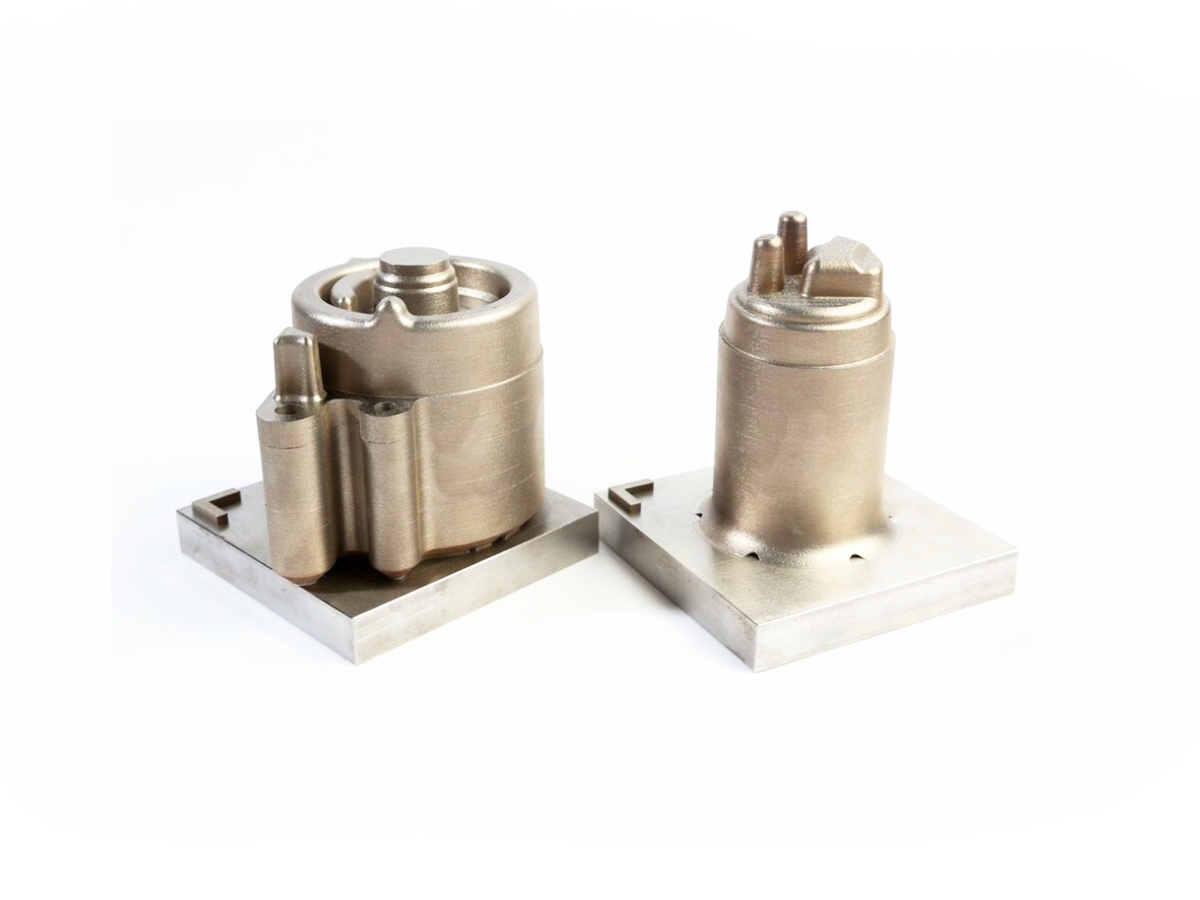Custom Manufacturing Solutions: High-Strength Carbon Steel Jigs and Fixtures for Precision Tooling
Introduction
High-strength carbon steel 3D printing unlocks new possibilities for custom manufacturing of durable jigs, fixtures, and tooling solutions. By using advanced metal 3D printing technologies such as Selective Laser Melting (SLM) and Direct Metal Laser Sintering (DMLS), high-performance carbon steels like Tool Steel H13 and Tool Steel D2 provide exceptional strength, toughness, and dimensional precision for robust industrial tooling applications.
Compared to traditional fabrication and machining, carbon steel 3D printing for jigs and fixtures dramatically reduces production lead times, integrates complex features, and supports on-demand customization for precision manufacturing needs.
Applicable Material Matrix
Material | Ultimate Tensile Strength (MPa) | Yield Strength (MPa) | Hardness (HRC) | Wear Resistance | Tooling Application Suitability |
|---|---|---|---|---|---|
1500 | 1300 | 45–52 | Excellent | High-thermal tooling, die inserts | |
1900 | 1600 | 55–62 | Excellent | High-wear cutting, forming dies | |
950 | 655 | 28–32 | Good | General-purpose fixtures | |
2000 | 1700 | 60–65 | Excellent | High-speed cutting jigs | |
2000 | 1800 | 52–54 | Excellent | Precision assembly fixtures | |
1450 | 1250 | 40–50 | Very Good | Impact-resistant support tooling |
Material Selection Guide
Tool Steel H13: With tensile strength up to 1500 MPa and excellent hot hardness, H13 is ideal for tooling subjected to thermal cycling, such as die-casting molds and forging dies.
Tool Steel D2: Providing ultra-high hardness (up to 62 HRC) and excellent wear resistance, D2 is suited for cutting tools, blanking dies, and forming fixtures operating under abrasive conditions.
AISI 4140: A strong, tough alloy steel widely used for making general-purpose manufacturing jigs and positioning fixtures requiring moderate strength and high machinability.
Tool Steel M2: A high-speed tool steel achieving hardness over 60 HRC, M2 is used for jigs and fixtures exposed to intense wear, high cutting forces, and elevated temperatures.
Tool Steel MS1 (Maraging Steel): With ultra-high strength (up to 2000 MPa) and excellent dimensional stability post-aging, MS1 is ideal for precision fixtures, aerospace assembly tooling, and complex, lightweight structural jigs.
Tool Steel H11: Offering superior toughness and resistance to impact loading, H11 is selected for heavy-duty support fixtures and tooling applications in high-stress manufacturing environments.
Process Performance Matrix
Attribute | Carbon Steel 3D Printing Performance |
|---|---|
Dimensional Accuracy | ±0.05 mm |
Density | >99.5% Theoretical Density |
Layer Thickness | 30–60 μm |
Surface Roughness (As-Printed) | Ra 5–12 μm |
Minimum Feature Size | 0.4–0.6 mm |
Process Selection Guide
Complex Feature Integration: Carbon steel 3D printing allows integration of clamping elements, indexing features, and internal cooling channels directly into jigs and fixtures.
Superior Mechanical Strength: Materials like H13, D2, and MS1 meet or exceed the mechanical properties required for repeated high-force industrial operations.
Thermal and Wear Resistance: Tool steels maintain hardness and dimensional stability even after exposure to elevated temperatures and continuous mechanical abrasion.
Rapid Customization and Shorter Lead Times: Reduce design-to-manufacturing cycles by up to 60%, accelerating fixture development and tool design changes.
Case In-Depth Analysis: Tool Steel D2 3D Printed Precision Forming Fixture
A leading automotive parts supplier required high-durability forming fixtures capable of enduring repetitive stamping operations. Using our carbon steel 3D printing service with Tool Steel D2, we produced fixtures with a hardness exceeding 60 HRC, tensile strength over 1800 MPa, and near-full density (>99.5%). Integrated guide channels and wear plates were printed directly into the fixture to reduce assembly complexity. Post-processing included heat treatment and CNC machining for critical surface finishes and dimensional accuracy.
Industry Applications
Automotive Manufacturing
Precision welding jigs and locating fixtures.
High-strength stamping and forming dies.
Custom checking fixtures for component validation.
Aerospace and Defense
Lightweight aerospace assembly jigs.
High-load drilling templates and alignment tools.
Industrial Tooling and Robotics
Robot arm end-of-arm tooling fixtures.
Heavy-duty positioning and clamping systems for automated lines.
Mainstream 3D Printing Technology Types for Carbon Steel Tooling Components
Selective Laser Melting (SLM): Best for producing high-density, dimensionally accurate, wear-resistant carbon steel tooling parts.
Direct Metal Laser Sintering (DMLS): Ideal for complex, custom jigs and fixtures with integrated functional features.
Binder Jetting: Suitable for larger carbon steel fixture prototypes requiring cost-effective production and secondary densification.
FAQs
What carbon steel grades are best for 3D printed jigs and fixtures?
How does carbon steel 3D printing improve tooling durability and design flexibility?
What post-processing methods enhance the mechanical properties of carbon steel fixtures?
Can 3D printed carbon steel jigs match the strength of forged or machined tooling?
How does 3D printing accelerate the production of custom tooling for industrial applications?

